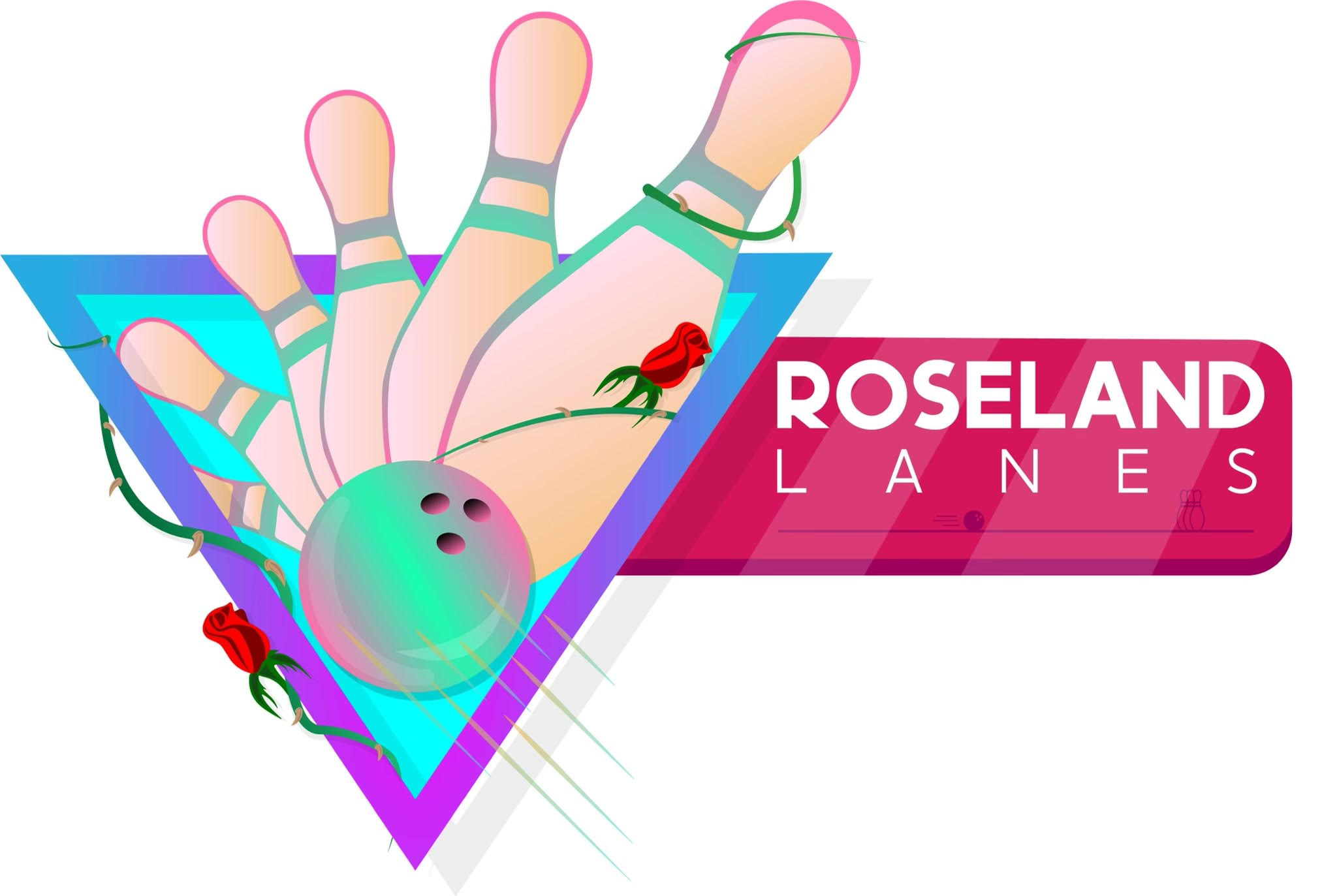Anxiety is a normal part of life. It can be helpful in some situations, such as helping us prepare for a big presentation or meeting. But sometimes, anxiety can become so overwhelming that it affects our day-to-day lives, making it difficult to complete simple tasks or even leave the house. When this happens, it may be time to consider whether you are suffering from an anxiety disorder. Use these tips for identifying an anxiety disorder to better understand your own symptoms and find the help you need.
What Is an Anxiety Disorder?
Anxiety disorders are a class of mental health disorders that cause people to feel fear, worry, or unease even when there is no real danger present. There are several types of anxiety disorders, including generalized anxiety disorder (GAD), panic disorder, social anxiety disorder, obsessive-compulsive disorder (OCD), and post-traumatic stress disorder (PTSD). Anxiety disorders are serious mental health conditions that can affect anyone, no matter their age or gender. In fact, anxiety is among the most common mental health disorders adults face. That’s why it’s important to take anxiety disorders seriously and learn more about the symptoms and risk factors that affect patients’ lives.
Anxiety vs. Anxiety Disorders
Deciding whether anxiety is a short-term issue or an official disorder can be difficult. The causes and experiences related to anxiety vary from person to person, so it is helpful to first determine the source and frequency of your anxious feelings. Short-term anxiety is typically related to one event that has caused severe emotional distress. These feelings occur infrequently and will pass once the event is over or circumstances change.
If an individual experiences similar levels of distress on multiple occasions and finds it difficult to control or manage those emotions, it could be an indicator of an anxiety disorder. Although deciding between short-term anxiety and a more serious disorder might feel overwhelming, seeking out professional guidance can help bring clarity into the equation.
Signs and Symptoms of Anxiety Disorders
The symptoms of an anxiety disorder will vary from person to person but generally include feelings of fear, worry, restlessness, difficulty concentrating, difficulty sleeping, and irritability. Anxiety can also cause physical symptoms like nausea, fatigue, rapid heartbeat, sweating, trembling, and muscle tension. These symptoms can last for several weeks or longer and often interfere with the individual’s ability to function in day-to-day life.
Risk Factors of Anxiety Disorders
It’s important to recognize that there are certain risk factors that increase the likelihood of developing an anxiety disorder. For example, individuals who have experienced traumatic events in their past are more likely to develop an anxiety disorder than those who have not experienced trauma. Additionally, family history plays a role; if someone in your family has anxiety or another mental health disorder, you may also be more prone to developing an anxiety disorder.
Other risk factors of anxiety stem from modern events or circumstances. In fact, factors like unhealthy social media usage and stress or trauma resulting from the COVID-19 pandemic have caused an increase in social anxiety disorders in today’s world. Understanding risk factors in your history and your present circumstances makes it easier to identify an anxiety disorder as a severe, ongoing issue rather than a temporary challenge.





















